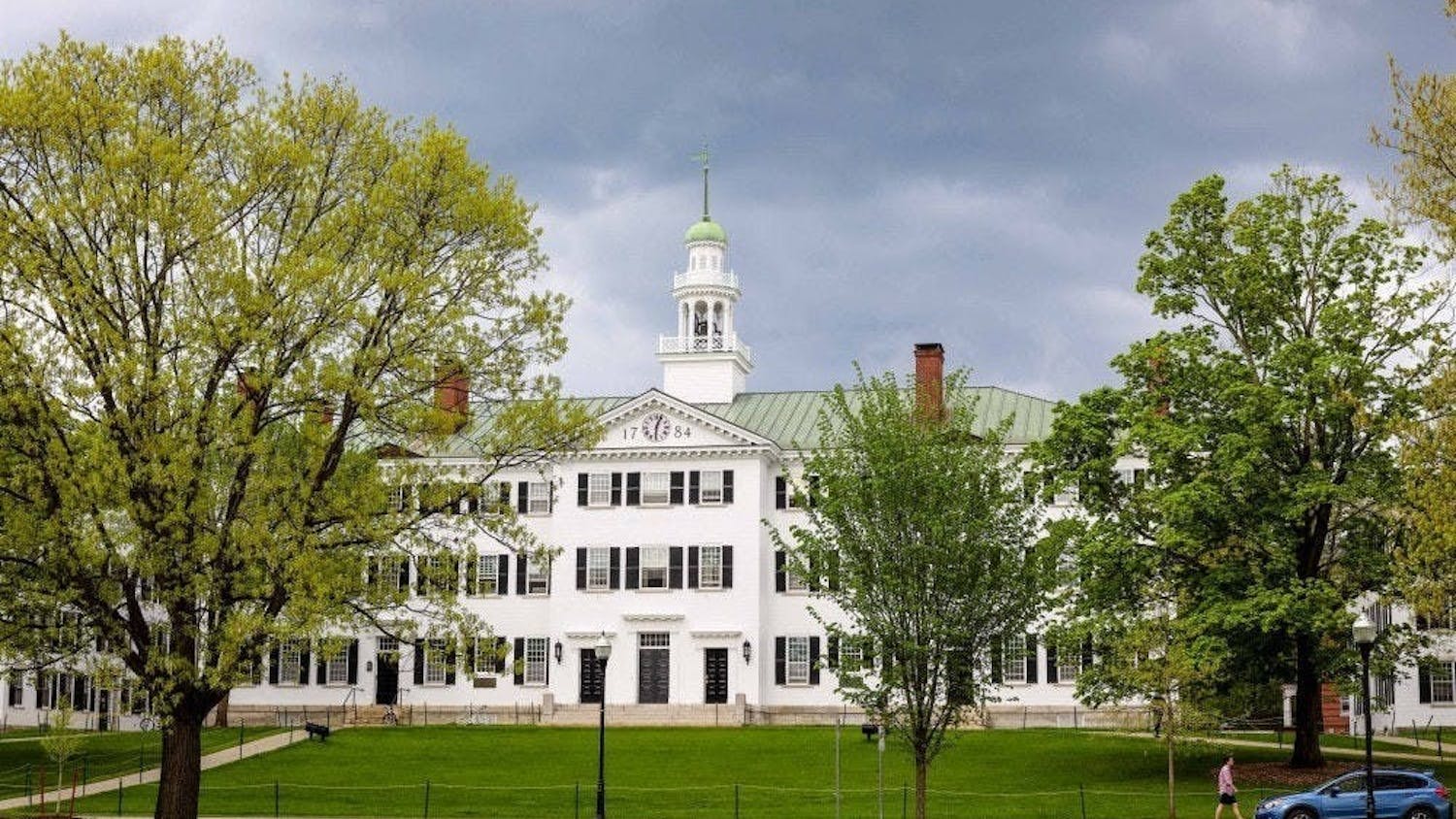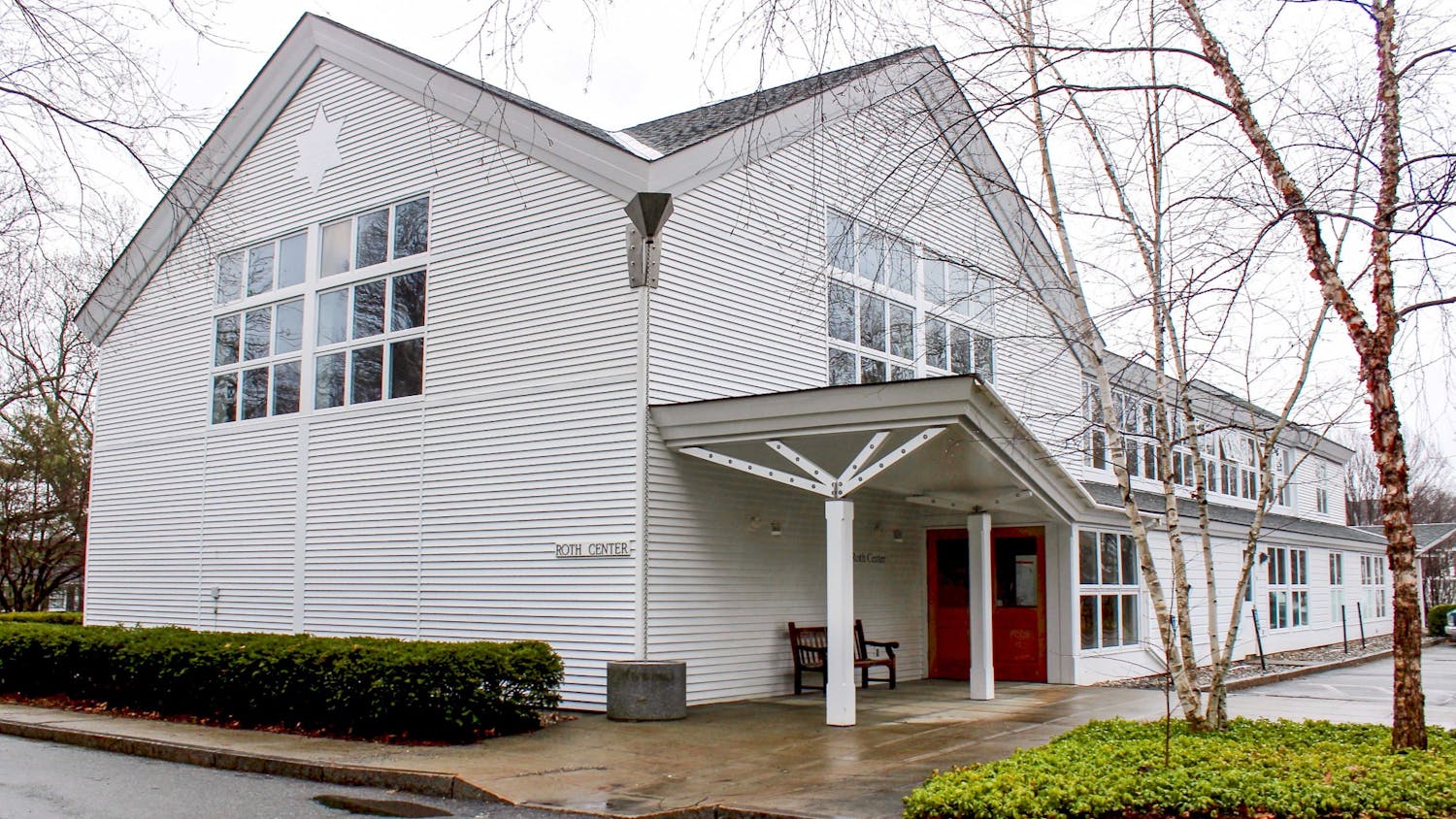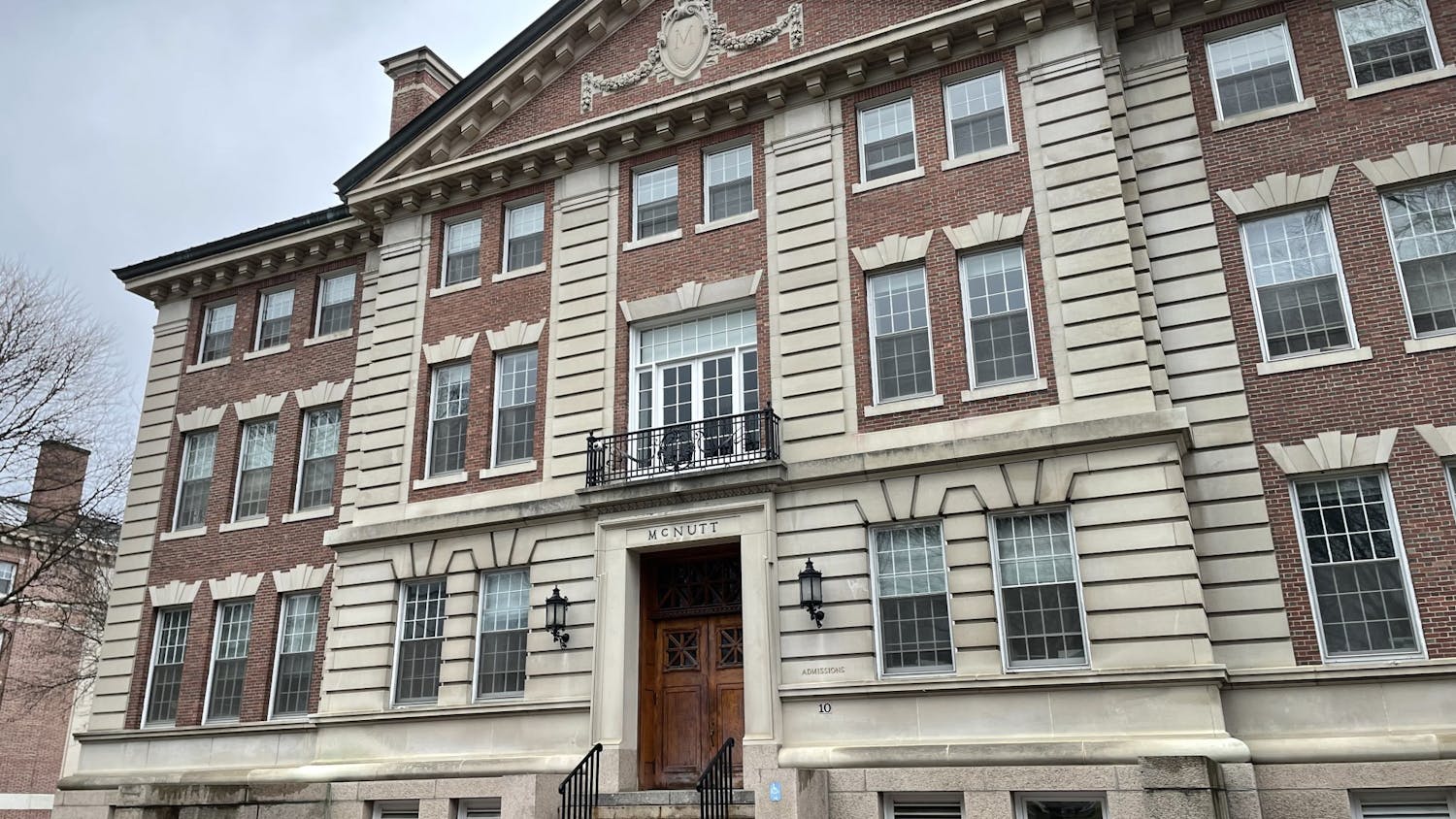Graduating students’ overall satisfaction declined for the third year in a row, but feelings about faculty availability, facilities and study abroad programming remained positive, the College’s 2014 senior survey found.
Administered to the Class of 2014, the survey saw a 44 percent response rate. The gender and racial breakdown of respondents roughly mirrored that of the College as a whole, with almost 50 percent identifying as white.
The survey results, released in late September, found that roughly 90 percent of students indicated satisfaction with their Dartmouth experience, down from a recent peak of 95 percent in 2010. The College recorded a more severe dip when it asked members of the Class of 2014 if they would recommend the College to “a high school senior who resembled them.” Only 71 percent indicated they would do so, down about 10 percentage points from the Class of 2012.
While Dartmouth has generally seen higher rates of overall satisfaction than its peer institutions, that is no longer the case. The survey separates “peer institutions” into two groups: the Ivy League and other private, selective colleges. The College has now drawn roughly level with both its main peer groups. Similarly, while Dartmouth was once tied with its peer groups in terms of students who would recommend the school, the figures dipped in 2014 and Dartmouth now trails both groups.
College spokesperson Diana Lawrence said administrators are reviewing the data, noting that “Moving Dartmouth Forward” presidential steering committee members are aware of the figures.
“There’s no question that there’s room for growth,” Lawrence said. “I think the survey reflects some of the challenges that we’ve been facing the last few years and that the ‘Moving Dartmouth Forward’ committee is reviewing.”
Numerous students expressed dissatisfaction with pre-major academic advising. Only 31 percent of students expressed satisfaction with pre-major advising, down from 33 percent in 2012 and a high of 47 percent in 2010. Thirty percent of students reported feeling “very dissatisfied” with pre-major advising.
History professor Cecilia Gaposchkin, assistant dean for pre-major advising, wrote in an email that the data is “hard to read” and that the exact reasons for the low approval rate for pre-major academic advising is difficult to determine.
Ten students and recent graduates interviewed expressed divergent opinions on pre-major advising.
“My experience was not that good,” said Tom Dexter-Rice ’15. “When I came in, my pre-major advisor was, I think, a geophysicist or something. I came in not knowing what I wanted to major in, but I knew it would be in social sciences, so her advice to me wasn’t that helpful because she wasn’t that knowledgeable about the course offerings on that side of the College.”
Dexter-Rice’s experience was echoed by several other students, who said that their advisors, while pleasant, were often unable to help significantly in areas not relating to the advisor’s own area of expertise.
Abbie Lund ’15, a former member of the ice hockey team, said her coach helped direct incoming students to resources that were appropriate for their academic interests.
Sophia Vazquez ’14 said that she had a highly positive experience, largely because she requested an advisor from the government department, in which she hoped to major.
One hundred Dartmouth students apiece in the Classes of 2016, 2017 and 2018 are enrolled in the Advising 360 pilot program, which aims to increase collaboration among academic advisors, undergraduate deans and staff in residence halls as they advise students. Return rates — the instance of students returning to see their dean after an initial visit — have been higher under the new program.
Satisfaction with equipment and facilities remained generally high, with more than 90 percent saying they were happy with laboratory, library and athletic facilities.
Students were also generally pleased with academics. Ninety-seven percent said that they were happy with the out-of-class availability of the College’s faculty, and more than 90 percent were satisfied with the quality of instruction both overall and in their major fields and with class sizes.
Dartmouth outpaced its peer institutions in terms of student satisfaction with various academic metrics, and scored particularly well in faculty availability out-of-class.
One major area of improvement for the College was the perception of the administration. Only 35 percent of respondents in the Class of 2012 expressed satisfaction with the “administration’s responsiveness to student concerns,” which represented an all-time low. For the Class of 2014, the number rebounded to 49 percent, still lower than the 71 percent satisfaction reported in 2010.
Social life and diversity were areas of concern for some students, though figures have improved since the late 1990s. About 64 percent of respondents said they were satisfied with the climate for minority students on campus, a slight drop from a peak of 71 percent among the Class of 2010 but still substantively higher than the 44 percent who reported satisfaction in 2000. Additionally, 73 percent of students said that they were satisfied with the campus’s ethnic and racial diversity, down from 81 percent in 2012.
Sarah Fernandez ’14 said she saw minorities and people of color marginalized at Dartmouth and her experience was negatively impacted by “a very white, affluent, heterosexual, extremely patriarchal culture.”
Michael Zhu ’14 said he had a positive experience and did not feel his background changed his time at the College.
“While being Chinese may have distinguished me from some of my peers in the Cords or [Alpha Chi Alpha fraternity], it was never a barrier for me,” he wrote in a follow-up email.
Satisfaction with social life on campus was 68 percent, the lowest rate reported across the records of survey results, which date back to 1998.
Study abroad experiences and volunteer experiences received high marks from students at Dartmouth and peer institutions alike.
Ninety-four percent of students were satisfied with study abroad opportunities, and several students interviewed ranked their study abroad experiences as the highlight of their Dartmouth careers.
Fewer Dartmouth students reported receiving financial aid than students at peer institutions, the survey showed. A greater percent of Dartmouth students indicated that the impact on their family of paying for education would be “severe” or “considerable.” In total, 53 percent of survey respondents said that they received some form of financial aid, while more than 66 percent did not borrow any money for their education. Only 5 percent of students borrowed more than $40,000 for their education.
Financial aid director Virginia Hazen said it is difficult to determine what makes the figure lower at Dartmouth than at peer schools without data more specific than that offered in the survey.
“There’s a degree of self-selection on who goes to what school, so it’s possible that wealthier people are selecting Dartmouth,” she said. “I think that based on what the survey says, it’s very hard for someone to give you any reasons as to why the families are feeling more stressed or why we’re supposedly offering a lower percentage on aid.”
Dartmouth has a higher cost of attendance than all its Ivy peers except Columbia University. It provides free tuition to families making less than $100,000 per year with typical assets, a higher threshold than Harvard University and Columbia University, other Ivy schools with a set baseline. Dartmouth does not have a “no loans” policy like Princeton University, Columbia and the University of Pennsylvania.
Sixteen percent of students said that paying for college would have “slight” or no impact on their families, while 13 percent said the impact would be severe.
Dartmouth students were generally satisfied with campus safety, and 89 percent said they felt safe on campus — outpacing peer institutions by as much as 20 percent.
The Office of Institutional Research did not respond to requests for comment.




